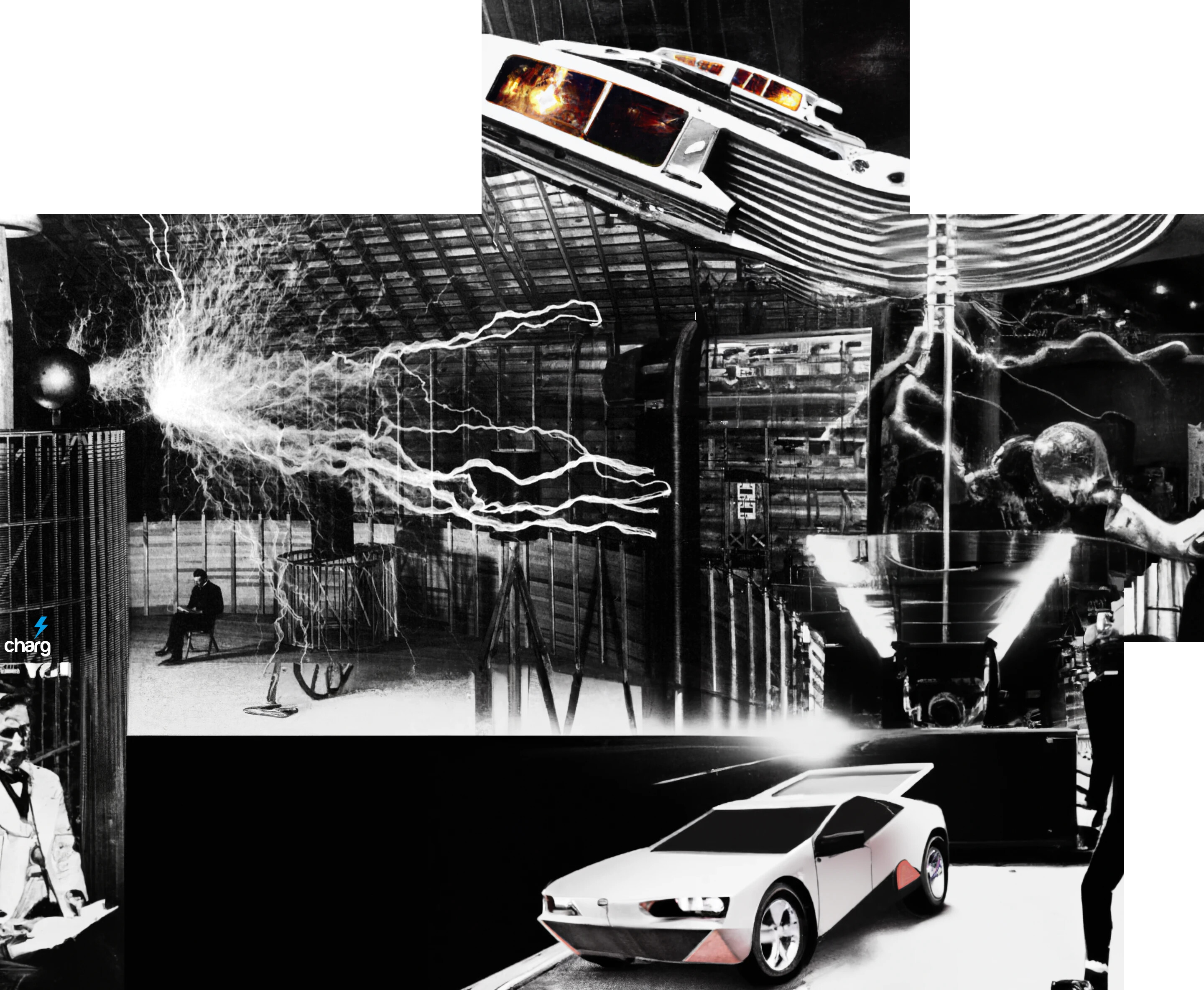So you can see that friction is naturally produced when our heat and pressure accumulator is connected more-or-less inline with our vacuum. This is a clue that this thing wants to produce ample electricity in addition to the obvious rotational energy of attaching a Telsa Turbine inline between the two vessels.
(first 1:50 seconds - HHO) Though HHO is not necessary for our system, it is tantalizing for me to discuss, forgive me if I detract from an easier to work model at the risk of improving or confusing, with equal likelihood? Thank you.
So long as heat and pressure is continuously returned to the accumulator and pulled from the vacuum you have a way to keep the system going - perhaps visa-vi combined output HHO electrolysis? You could also continuously pull from vacuum using another Tesla Turbine in order to maintain vacuum on the cold side.
So we have two turbines - one which extracts heat in order to produce rotational energy, another which uses this rotational energy, expressed in the form of AC current, to pump latent heat and pressure back out of cold side. We are not producing energy out of nothing, rather we are rolling one wheel down the hill at the same time we roll another wheel up our proverbial hill… A give and take. And not to mention we are accumulating as much heat / pressure (and cold / vacuum which is ALSO accumulation) as possible which does not go to work back into the system.
So our engines or motors are working a little bit all the time to improve the net potential energy of the system as stored in rotation, pressure, temperature, cold, vacuum, and electric inertia pulled from latent energy, as one Gerard Morin described. Thanks to our spark plug connecting DC to AC, much of the energy in the system is expressed in the latent energy being pumped out of the ether and given permission to conduct or travel in nearly frictionless, nearly-closed-loop fashion. We are not producing energy out of nothing, rather we are rolling one wheel down the hill at the same time we roll another wheel up our proverbial hill… A give and take.
When normally our vacuum pump would be quite belabored, it is balanced by our heat side Tesla Turbine continuously extracting electricity from the system, particularly if we are able to dump our vacuum’s proceeds into the shared upstream of another Tesla Turbine! We have not achieved any violation of the laws of physics, rather we have balanced everything - balanced extraction of heat and pressure with impregnation of heat and pressure, stoichiometrically complete balancing also made possible by our friend HHO. The idea is we are balancing the two with every partial revolution a give and a take results in net zero energy produced, our losses from doing work expressed in a partial loss of stoichiometry in garnishing the necessary HHO and over time we may end up with heavy water.
I’m no chemist, but I suspect the following might help to illustrate where our losses outside of Mu (friction) and work might be found from a similar less-than-perfect reaction of Water and spark… And of course consider that friction when harvest into electricity is not really bad for the health of our system.
We are not producing energy out of nothing, rather we are rolling one wheel down the hill at the same time we roll another wheel up our proverbial hill… A give and take.
By adding spark to high temperature steam or water, we can produce and consume HHO at around the same time. This is a practicable use of small amounts of the explosive HHO. However this may cause rapid corrosion. A solution might be coating our blades with glass or similar non-reactive material. Then again, with high enough heat and temperature you don’t need nearly as much corrosive salt or like to get the job done, in fact you might not need any.
Wireless electrolysis and spontaneous combustion may also be possible as we have a lot of heat, AC current, and rotational influence in the mix. Think really high temperatures and pressures on the one hand, and really low temperatures and pressures on the other.
What were Mr. Meyer’s secrets? 1) Mainstream doesn’t want you to know what he knew (this should be your first clue not to trust mainstream physics either) 2) DC does not produce HHO adequately, it must be pulsed with 20,000 Hz AC. Three phase plays a role.
https://patents.justia.com/inventor/stanley-meyer
Ok, I went on my ‘HHO segway,’ thank you for allowing me to do that. Though this is not necessary to obtain our desired result (mo’ power), I couldn’t resist mentioning these tantalizing possibilities.
Now it should also be understood that pressure is relative. 0.01 bar is difficult to achieve if you’re trying to get there from atmosphere, but if you’re already at 0.1 bar with another vessel it’s a bit easier. Conversely, 10,000 PSI is no cake walk to get to from atmosphere, but if we have a vessel already halfway there at say 5,000 PSI you’re halfway there.
Now think of our Tesla Turbine like a corkscrew. We are ramping up temperature and pressure or its corollaries, depending upon direction of travel, with each partial revolution of our Tesla Turbine blades, If you were to still frame would behave like little chambers of temperature and pressure (or the inverse for opposite direction of travel).
And if we consider pulsing our Tesla Turbines with a non-linear pattern, the resulting micro-perturbations take advantage of backpressure in order to perhaps harvest backpressure rather than let it go to waste. This is of course only theoretical.
A word on anti-pressure - it may be possible to step up or step down our pressures and vacuums to an extreme degree. This would permit massive pressures and vacuums to store our net system energy effectively. Now 0.1 bar may have awesome effects on boiling as seen previously, but imagine how much more violent 0.01 bar. By stepping up and stepping down, this violent reaction is controlled and still quite powerful. More on this later on…




































